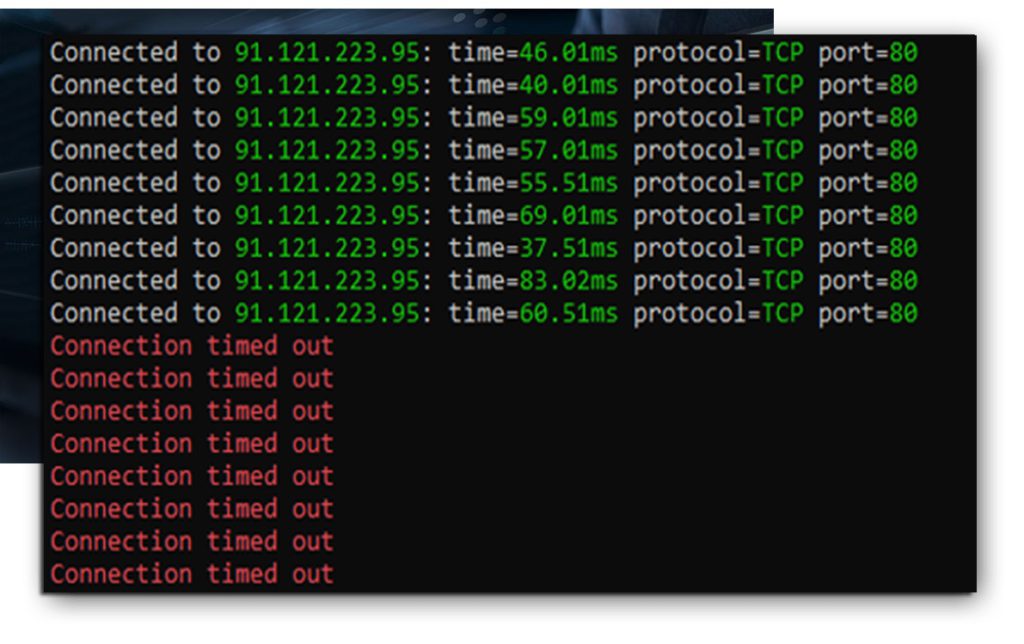
Understanding the nuanced landscape surrounding IP stresser services is essential for both individuals and organizations navigating the complex terrain of cybersecurity. IP stresser services, also known as booters or IP booters, initially emerged as legitimate tools for testing network capabilities. However, they have since evolved into double-edged swords, offering not only testing capabilities but also the potential for abuse and cybercrime.
IP stresser services are online platforms or tools designed to simulate Distributed Denial of Service (DDoS) attacks on target networks or servers. These services enable users to assess the resilience of their networks by subjecting them to simulated traffic loads, measuring their capacity to withstand potential DDoS attacks. The legality of IP stresser services resides in a gray area, with differing perspectives across jurisdictions. While some jurisdictions consider the use of these services for legitimate testing purposes as legal, others view them as tools for facilitating cyberattacks, thus rendering them illegal.
The legality of IP stresser services hinges on the intent behind their usage. Using these services for legitimate network testing purposes, with proper authorization and consent, may not necessarily violate laws. However, deploying them with malicious intent to disrupt or compromise networks constitutes a serious offense under various cybercrime statutes.
Balancing testing and responsible use
Ethical considerations play a crucial role in the discourse surrounding IP stresser services. While network testing is a legitimate endeavor aimed at bolstering cybersecurity measures, the ethical boundaries become blurred when these tools are leveraged for malicious purposes. Responsible use entails obtaining explicit authorization from network owners before conducting stress tests. Moreover, users must adhere to ethical guidelines and industry best practices to ensure that their actions do not infringe upon the rights and security of others. Visit https://tresser.io/ipstresser for more info about ip stresser.
Regulatory measures and law enforcement efforts
To combat the proliferation of cybercrime facilitated by IP stresser services, regulatory measures, and law enforcement efforts have been intensified globally. Many jurisdictions have enacted stringent laws targeting individuals and entities involved in the development, distribution, or utilization of malicious stresser services. Law enforcement agencies collaborate with cybersecurity experts and industry stakeholders to identify and dismantle illicit stresser services. Moreover, public awareness campaigns and educational initiatives aim to educate individuals and organizations about the risks associated with engaging in cybercriminal activities.
Emerging trends and future outlook
The emergence of sophisticated botnets capable of launching large-scale DDoS attacks poses significant risks to organizations of all sizes. These botnets leverage compromised devices and IoT (Internet of Things) devices to amplify the impact of DDoS attacks, rendering traditional mitigation measures less effective. Looking ahead, the future of IP stresser services remains intertwined with advancements in technology and regulatory frameworks. As stakeholders collaborate to strengthen cybersecurity defenses and enforce stringent regulations, it is imperative to adopt a proactive stance against emerging threats. As individuals and organizations navigate the complexities of cybersecurity, it is imperative to uphold ethical standards, respect legal boundaries, and promote responsible use of technology. By fostering a culture of cybersecurity awareness and compliance, we collectively mitigate the risks posed by malicious actors and safeguard the integrity of digital ecosystems.








